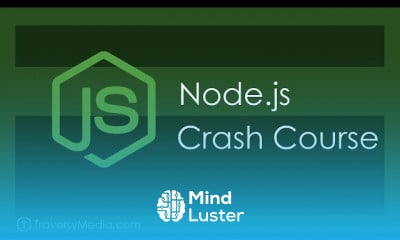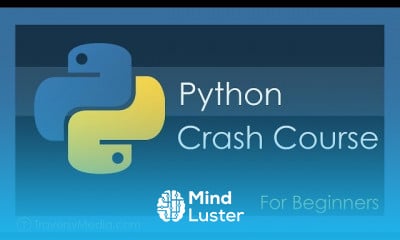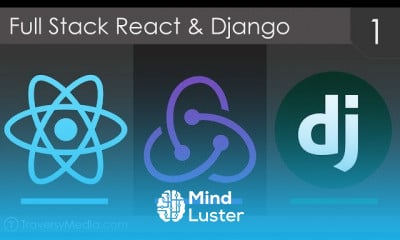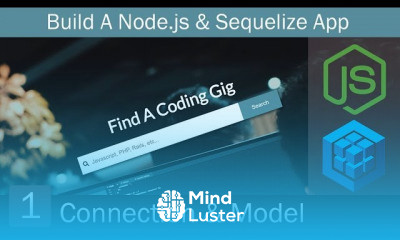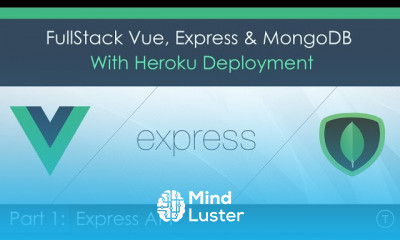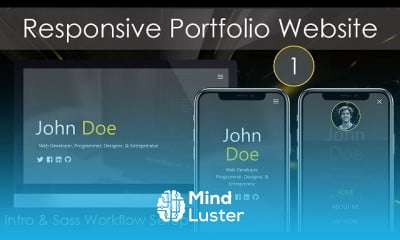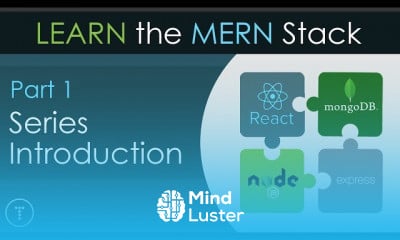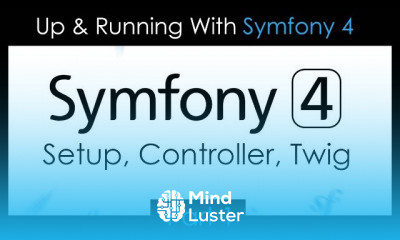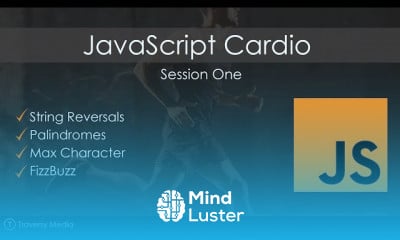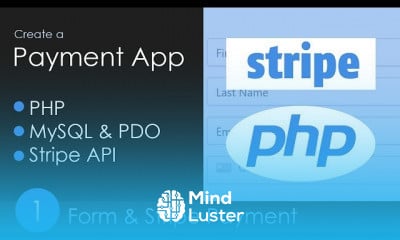Build a Sails js App Part 2 MongoDB Adapter Homepage
Share your inquiries now with community members
Click Here
Sign up Now
Lessons List | 4
Lesson
Comments
Related Courses in Programming
Course Description
Sails.js is a Model-View-Controller web application framework developed atop the Node.js environment, released as free and open-source software under the MIT License. It is designed to make it easy to build custom, enterprise-grade Node.js web applications and APIs ails.js makes it easy to build custom, enterprise-grade Node.js apps. It is designed to resemble the MVC architecture from frameworks like Ruby on Rails Sails.js offers a host of features and attributes. Because it is built on Node.js and Express.js,[7] it enables applications to be built with 100% JavaScript. This not only includes models, views, and controllers; but also configuration files and adapters (e.g., database).
Like Ruby on Rails,[2] Sails.js provides an Object-relational mapping interface, using Waterline.js, which abstracts the database interaction.[7] This enables a uniform API regardless of the underlying database being used.[8]
A number of other packages are included to enable fast auto-generated REST APIs, WebSockets by default using Socket.io;[2] and compatibility features making it front-end agnostic so that many tools and frameworks (AngularJS, React.js, Android, iOS, etc.) are supported. Sails is a comprehensive MVC-style framework for Node.js specifically designed for rapid development of server-side applications in JavaScript. It’s robust service-oriented architecture provides different types of components you can use to neatly organize code and separate responsibilities. And if you’re disciplined, then developing an enterprise-level application with it is even possible.
Written in JavaScript, Sails gives you the additional benefit of being able to share your code between the server and client. This could be very helpful, for example, for implementing data validation where you need to have the same validation rules both in the client and on the server. Also, with Sails you need to master only one programming language, instead of several.
Trends
French
Graphic design tools for beginners
Artificial intelligence essentials
Essential english phrasal verbs
Formation efficace à l écoute de l
Build a profitable trading
Data Analytics Visualization Techniques
MS Excel
Printing student ID cards with excel tools
Electrical engineering for engineer
YouTube channel setup
Computer science careers
Python programming language
Excel skills for math and science
Build a tic tac Toe app in Xcode
Learning English Speaking
Figma for UX UI design
Marketing basics for beginners
English vocabulary with picture
Magento Formation Français
Recent
Growing ginger at home
Gardening basics
Ancient watering techniques
Grow mushrooms
Growing onions
Veggie growing
Bean growing at home
Growing radishes
Tomato growing at home
Shallot growing
Growing kale in plastic bottles
Recycling plastic barrel
Recycling plastic bottles
Grow portulaca grandiflora flower
Growing vegetables
Growing lemon tree
Eggplant eggplants at home
zucchini farming
watermelon farming in pallets
pineapple farming




